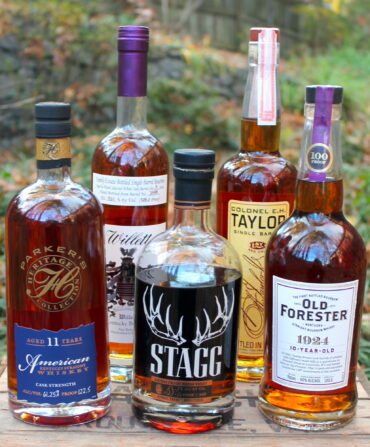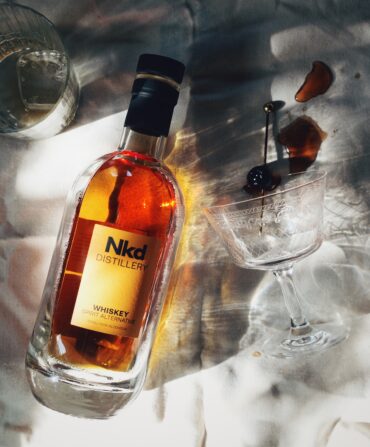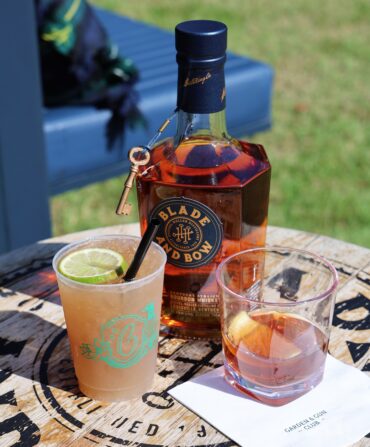Every crab season, Marylanders instinctively take sides: Old Bay or J.O. For many, Old Bay’s a state icon, a savory addition to everything from peanuts to donuts. There’s Old Bay–branded vodka, beer, and Goldfish crackers. Die-hards even sport tattoos of the familiar yellow, blue, and red tin.

Darrick Rosenberry isn’t one of those people. “Blah, blah, blah. Everyone that knows uses J.O,” says the third-generation iron worker from Denton, Maryland. He learned about J.O. Number 2 spice blend from his grandmother, who ran a seafood restaurant on Kent Island. She had been using Old Bay for several years when her food distributor suggested she try something new.
He remembers when she made the transition. “People immediately liked it better. J.O. has a little bit more cayenne, a little kick.”
Not so fast, says Chesapeake commercial captain Phil Langley. He reaches for Old Bay when he prepares steamed crabs for the heritage tours he runs from St. Mary’s County, Maryland. “It’s the texture, the flavor, the spice. It makes it more flavorful eating.”
When he cooks for tour groups, Langley always uses live crabs, dumping them in a hot pot with a fifty-fifty mix of water and apple cider vinegar, and sometimes a bit of beer. Then he seasons liberally with salt, black pepper, crushed red pepper, and Old Bay.
“That’s the way Maryland cooks their crab,” he says. The Old Bay sticks to the shells, which makes for a delightfully messy meal. “During the picking and eating part, you get the seasoning on your fingers, and it really helps amplify the flavors.”
While both blends are closely guarded secrets, it’s generally agreed that J.O. brings more salt and heat, while Old Bay leans savory with eighteen spices, including pepper, cloves, ginger, and coriander.
Both businesses also sport solid Maryland pedigrees. Old Bay was founded in 1940 by Holocaust refugee Gustav Brunn, who arrived in Baltimore carrying his spice grinder from Germany. He was briefly hired by McCormick & Company spices but was fired shortly after, leading him to start his own business. Decades later the family had the satisfaction of selling Old Bay to McCormick, netting at least $11 million, according to news reports.
Meanwhile, J.O. (James Ozzle) Strigle and his wife, Dot, founded their spice company in 1945, focusing on commercial clients. That might explain why an informal 2019 Baltimore Sun poll found that most city crab houses use J.O.
J.O. got another boost this year when it was featured on Mike Rowe’s Dirty Jobs reality television show. In a memorable scene, the Baltimore-born host helps blend the spices before nearly collapsing in a pepper-induced sneezing fit.
As with most rivalries, Maryland spice lovers will admit a grudging respect for the other side if pushed. “If I don’t have Old Bay, J.O. is fine,” Langley says. “I have nothing negative to say about it. It’s like whether you want your steak medium rare or well done.”
And Rosenberry, who runs a J.O. Facebook fan page, admits to keeping both blends in his kitchen. “If you have Old Bay on steamed corn, oh, oh, it’s amazing!”








